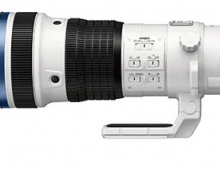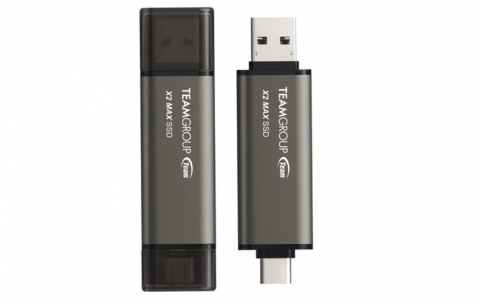
Ampex Licenses Digital Still Camera Patents To Olympus
Ampex announced that it has concluded a license agreement with Olympus.
The agreement permits the use of United States and foreign patents held by Ampex in the manufacture and sale of digital still cameras. The license provides that its terms are confidential.
Pursuant to the license, Ampex will receive a negotiated payment of approximately $3.0 million to settle liability for past use of its patents prior to the effective date of the agreement. Olympus will also pay to Ampex quarterly running royalties in the future based on the sales value of digital still cameras that utilize its patents.
Royalties received from Olympus will not include digital still cameras manufactured by other companies that are licensed under Ampex's patents. Ampex believes that a significant portion of cameras sold under the Olympus brand are manufactured by a company that is also a licensee of Ampex's patents and anticipates that royalties on these products will be paid by the supplier and not by Olympus.
Ampex continues to negotiate patent licenses with additional manufacturers of digital still cameras and camera-equipped cellular telephones and currently expects that it will conclude additional agreements within the next 90 days.
In addition to Olympus, Ampex has recently licensed its patents for use in digital still cameras, camera-equipped cellular telephones, and certain other digital consumer products to Canon Inc., Sanyo Electric Co., Ltd.., Sony Corporation, Matsushita Electric Industrial Co. Ltd., Japan Victor Company and Pentax Corporation.
In October 2004, Ampex initiated litigation against Eastman Kodak Company (NYSE:EK) in the International Trade Commission and in the Federal District Court of the District of Delaware for Kodak's unauthorized use of an Ampex patent in the sale of digital still cameras. Thia litigation is continuing.
The Company may initiate additional litigation to enforce its patents if it is not able to conclude licenses on acceptable terms.
Ampex Corporation, www.ampex.com, headquartered in Redwood City, California, is one of the world's leading innovators and licensors of technologies for the visual information age.
Pursuant to the license, Ampex will receive a negotiated payment of approximately $3.0 million to settle liability for past use of its patents prior to the effective date of the agreement. Olympus will also pay to Ampex quarterly running royalties in the future based on the sales value of digital still cameras that utilize its patents.
Royalties received from Olympus will not include digital still cameras manufactured by other companies that are licensed under Ampex's patents. Ampex believes that a significant portion of cameras sold under the Olympus brand are manufactured by a company that is also a licensee of Ampex's patents and anticipates that royalties on these products will be paid by the supplier and not by Olympus.
Ampex continues to negotiate patent licenses with additional manufacturers of digital still cameras and camera-equipped cellular telephones and currently expects that it will conclude additional agreements within the next 90 days.
In addition to Olympus, Ampex has recently licensed its patents for use in digital still cameras, camera-equipped cellular telephones, and certain other digital consumer products to Canon Inc., Sanyo Electric Co., Ltd.., Sony Corporation, Matsushita Electric Industrial Co. Ltd., Japan Victor Company and Pentax Corporation.
In October 2004, Ampex initiated litigation against Eastman Kodak Company (NYSE:EK) in the International Trade Commission and in the Federal District Court of the District of Delaware for Kodak's unauthorized use of an Ampex patent in the sale of digital still cameras. Thia litigation is continuing.
The Company may initiate additional litigation to enforce its patents if it is not able to conclude licenses on acceptable terms.
Ampex Corporation, www.ampex.com, headquartered in Redwood City, California, is one of the world's leading innovators and licensors of technologies for the visual information age.




















